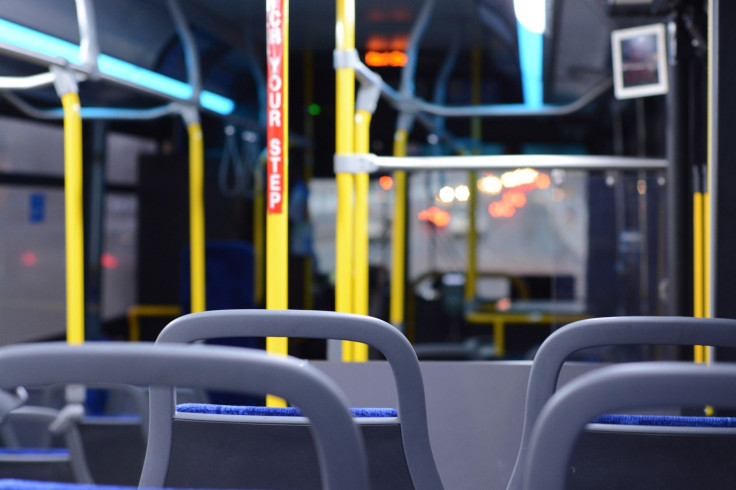COVID-19 Community Transmission: Chinese Bus Trip Proves SARS-CoV-2 'Can Be Transmitted As An Aerosol'

KEY POINTS
- WHO agreed to support the theory of airborne transmission of coronavirus back in July
- Any evidence that COVID-19 can be transmitted as an aerosol has public health implications
- Study demonstrated how 23 people caught COVID-19 from an asymptomatic patient during bus trip
The World Health Organization (WHO) endorsed the theory that ‘aerosols’ or tiny droplets lingering in the air can spread the deadly virus in July. But any evidence of airborne transmission of COVID-19 could have substantial public health implications. A recent study has demonstrated the airborne transmission of COVID-19 in a poorly ventilated Chinese bus where an infected individual was found responsible for infecting almost two dozen passengers, even though they maintained social distancing.
In mid-January, 128 individuals took two buses to attend a religious event in Eastern China. One of the bus with air conditioning had a COVID-19 patient and the researchers say people who took this bus had a higher risk of catching the virus compared to those who rode the other bus without air recirculation.
"Airborne transmission may partially explain the increased risk of SARS-CoV-2 infection among these bus riders," said the researchers in their paper published in JAMA Internal Medicine.
The researchers believe that one passenger was likely the “patient zero” (gender not identified) since the person had been in contact with people from Wuhan, where the contagion emerged last year.
The researchers pointed out that this person wasn’t showing any symptoms of COVID-19 including cough or fever during the bus trip and that the road trip happened in January before face masks became a mandate to contain the virus.
They tried to map out where the other passengers sat and also tested them for SARS-CoV-2. Results revealed that 23 out of 68 passengers in the air-conditioned bus were infected.
"Individuals who rode a bus to a worship event with a patient with COVID-19 had a higher risk of SARS-CoV-2 infection than individuals who rode another bus to the same event," said the researchers.
The researchers highlighted that the passengers who were seated in the front and back of the bus, i.e., even outside the perimeter of a couple of meters from the patient zero got infected. This makes it evident that infectious droplets can travel more than 6 feet. They opine that air conditioning which simply recirculated the air inside the bus might have contributed to the disease transmission.
Airborne spread of SARS-CoV-2 seems likely to have contributed to the high attack rate in the exposed bus. Future efforts at prevention and control must consider the potential for airborne spread of the virus.
The study also included an image representation of the seating arrangement of passengers in the bus, adding to the evidence of airborne transmission of the virus, said MedicalXpress.

© Copyright IBTimes 2025. All rights reserved.






















